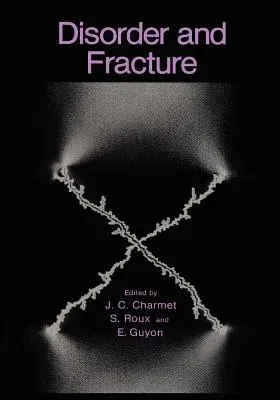Disorder and Fracture (Softcover Reprint of the Original 1st 1990)Paperback - Softcover Reprint of the Original 1st 1990, 31 January 1991

Qty
1
Turbo
Ships in 2 - 3 days
In Stock
Free Delivery
Cash on Delivery
15 Days
Free Returns
Secure Checkout
Part of Series
NATO Science Series B:
Part of Series
Plenum Series in Behavioral Psychophysiology and Medicine
Part of Series
NATO Science Series: B:
Part of Series
NATO Science Series B: Physics
Part of Series
NATO Science Series B: (Closed)
Print Length
316 pages
Language
English
Publisher
Springer
Date Published
31 Jan 1991
ISBN-10
0306435764
ISBN-13
9780306435768
Description
Product Details
Book Edition:
Softcover Reprint of the Original 1st 1990
Book Format:
Paperback
Country of Origin:
US
Date Published:
31 January 1991
Dimensions:
25.4 x
17.78 x
1.7 cm
ISBN-10:
0306435764
ISBN-13:
9780306435768
Language:
English
Location:
New York, NY
Pages:
316
Publisher:
Series:
Weight:
557.92 gm

